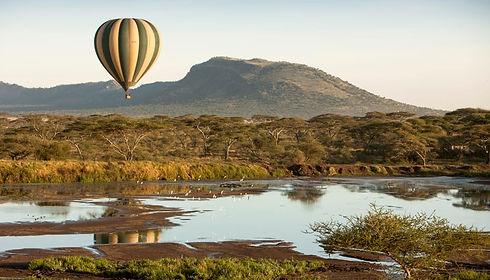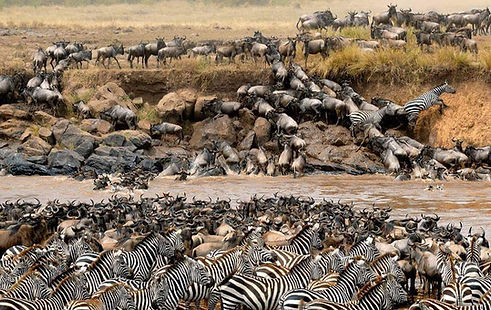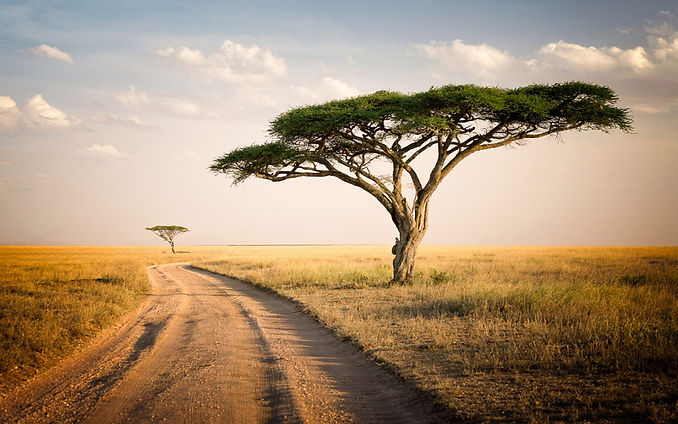Serengeti National Park
UNESCO World Heritage Centre
Serengeti National Park (Serengeti) is located in Tanzania, best known for its abundance of animals and the great wildebeest migration.
The Serengeti stretches 14,763 (5,700 sq miles) stretching North to Kenya and bordering Lake Victoria to the West.
The Park can be divided into 3 sections. The popular southern/central part (Seronera Valley), is what the Maasai called the “serengit”, the land of endless plains. It’s classic savannah, dotted with acacias and filled with wildlife. The western corridor is marked by the Grumeti River, and has more forests and dense bush. The north, Lobo area, meets up with Kenya’s Masai Mara Reserve, is the least visited section.
Serengeti has the highest concentration of large mammals on this planet and its famous known for its 2,500 Lions the largest concentration found anywhere.
The park also has over 518 identified bird species where some of them are Eurasian migrants who are present in the European winter months from October to April.
Distance
With the Serengeti only 335 km (208 miles) from Arusha it is still a very long drive due to the roads. If you are driving to the Serengeti National Park it is recommended to stop off on the way. We would like to point out that if you are interested in visiting the Ngorongoro Crater on the way, it is best to get to the rim the afternoon before and then spend the whole next day in the Crater.
Best time to visit
Following the Wildebeest migration from Serengeti National Park to Maasai Mara National Reserve, the best time is December to July and to see the predators the best time is June to October.
Recommended number of days
Due to the amount to be seen in the reserve it’s recommendable to have three or four day’s safari. If you are interested in photography, the longer you stay the better chances you have to get the ultimate photos.



